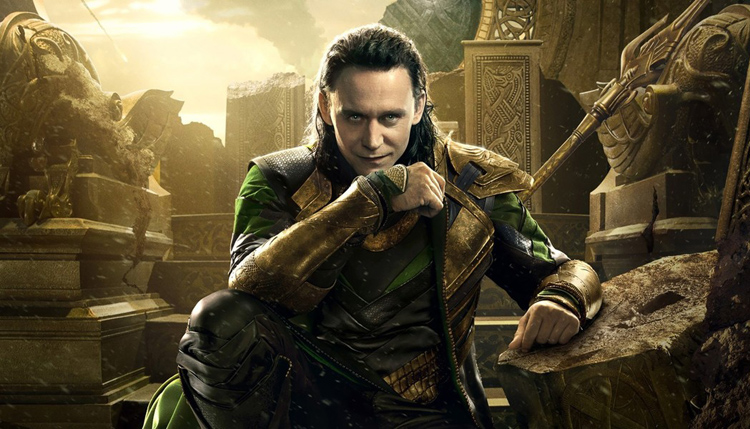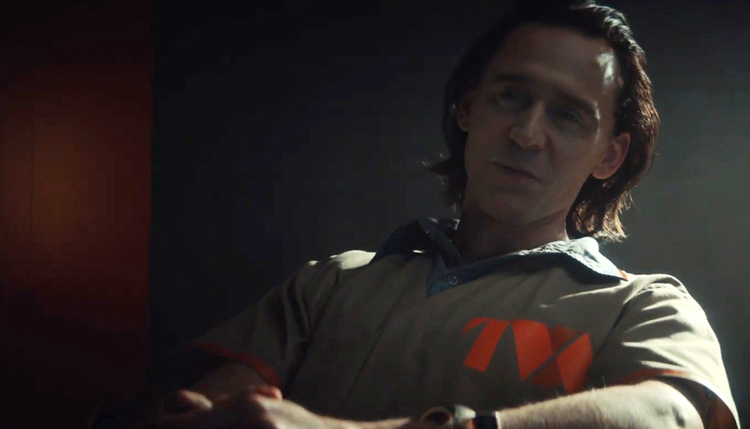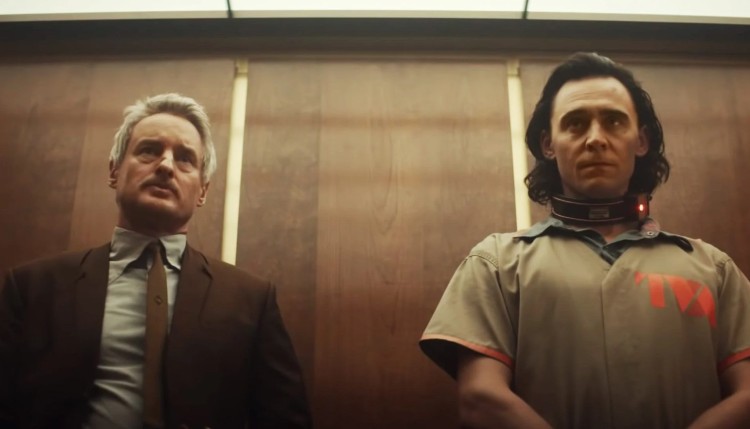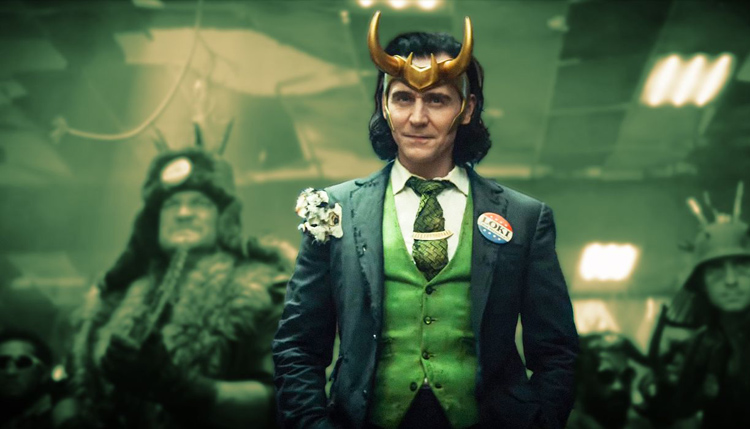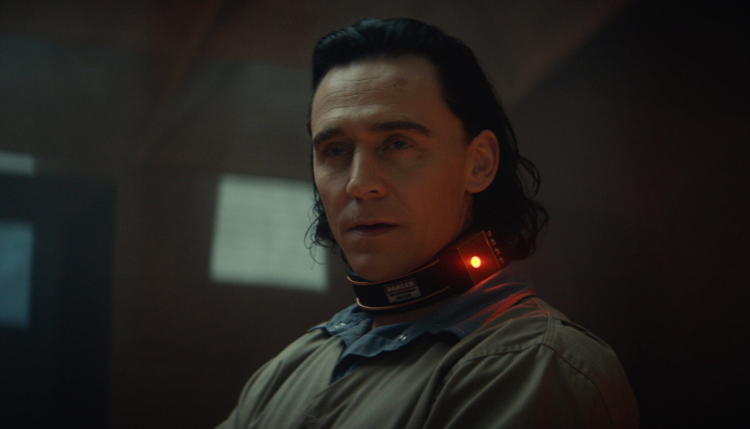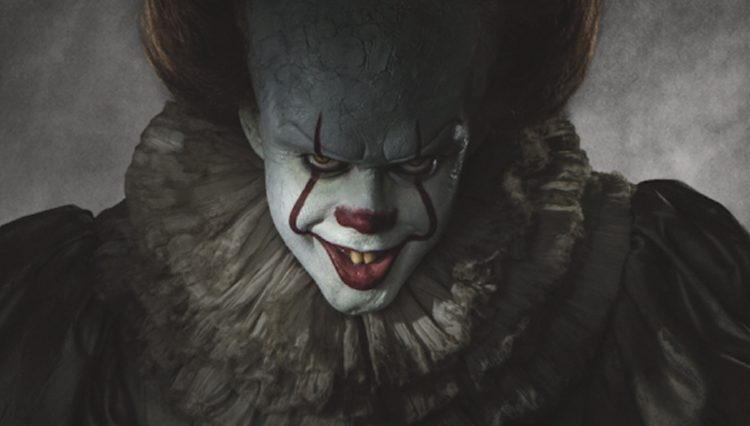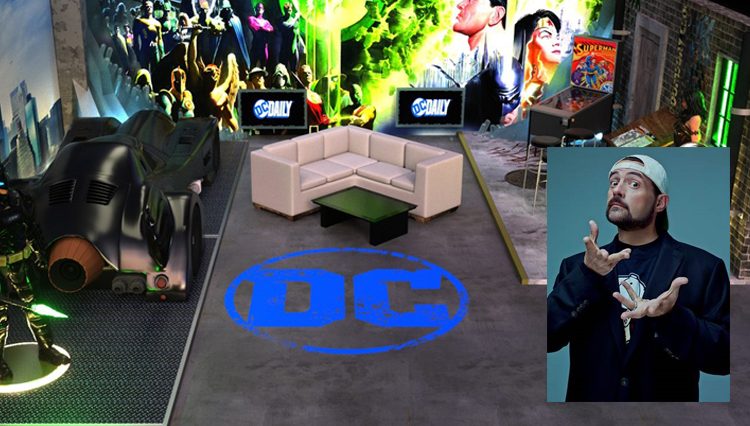“You ridiculous bureaucrats will not dictate how my story ends!”
Loki, 2021 (Tom Hiddleston) Marvel Studios
Whither Loki? The “god of mischief,” first portrayed by Tom Hiddleston in Kenneth Branagh’s 2011 adaptation of Thor, created by Stan Lee, Larry Lieber, and Jack Kirby, is the latest example of male character erosion I first outlined in my Santa Clarita Diet review. Of course, to spotlight these deficiencies is to somehow “out” myself as a “woman-hater,” misogynist, or something worse (if there is something worse). It’s okay. I can do it.
I watch movies and television shows every day. Believe me when I say I understand the frustration of women when I see how they were represented for the longest time. We’re talking about a hundred years of recorded entertainment, television commercials, printed advertisements, books, etc. I suppose I would be offended if I were consistently referred to as “the weaker sex,” or if I were marginalized, protected, and fought for rather than considered an equal or a peer. I understand. But if you think Black Widow and this new series, Loki, levels the playing field or brings about some karmic justice for years of the “male gaze,” you’re doing it wrong.
What I don’t understand is why a character of a specific biological sex’s empowerment must come at the cost of another character of a specific biological sex’s power or empowerment. In order to make women strong, we must make men weak, and if those men are physically strong, they must be made incompetent or amoral. Why? This line of thinking swings back around to Loki, which not only removes Loki’s fangs but makes him an afterthought on his own show.
Yes, Loki is but a side character, existing in a perverse, sadistic purgatory instigated by the Time Variance Authority after stealing a coveted Tesseract (a cute little blue box) at the end of Avengers: Endgame; itself a variation on the ending of 2012’s The Avengers (this gets confusing after twenty movies) because that movie dealt with time travel erasing five years of an apocalypse caused by Thanos in Avengers: Infinity War, but also going back and repairing the damage Joss Whedon inflicted on the Marvel Cinematic Universe (Sorry Joss, but you’re cancelled).
Regardless of this, both Tony Stark and Phil Coulson stayed dead. Huh? Strange that my two favorite characters should die. There is no reason for me to continue to consume these Marvel products, is there? Based on Marvel’s plans for “Phase Four,” I would have to say no. This is a world that rips off Terry Gilliam, with none of the audacity, controversy, or panache. This is a soul-crushing, slow-motion rat race to keep the timeline clean, but rather than entertain the audience, Loki seeks to imprison us alongside their detainees. I’ve never been so bored or restless watching a television series as I’ve been while trying to watch Loki.
Because the TVA (which I can’t help but think of as Disney headquarters) must replicate the procedures and practices of our bureaucracy, it must also replicate the miasma, the dead-eyed low-level workers, and the middle-management zombies. We’re dealing with time travel, but because this is a paying job, there has to be a requirement that all of the vitality must be sapped out of its employees (and the audience). This is such a muddy, oppressive environment, it was a challenge just to find five even marginally interesting pictures to go along with this review. As you can see, the pickings were slim!
In the first episode, “Glorious Purpose,” we’re punished by director Kate Herron for daring to express any interest in a television series based on Loki. We’re given a guided tour of the TVA. I have to admit some of the matte work is exceptional and actually looks like old-school matte paintings, but the color palette is limited to orange, burnt orange, and rotted orange. You have these (what appear to be) enormous matte paintings, and you think you’re getting a big-budget spectacle (indeed, it should be with a $20 million per episode outlay), but you fill this massive canvas with … what? A handful of day players? Really? All of them shuffling past with file folders in their hands. This is sad.
The second episode, “The Variant,” takes place in a poorly-lit (color palette: puke yellow) department store. The third episode, “Lamentis,” takes place on a moving (color palette: “Bubbalicious” purple) train. The economy must really suck! For a comparison, let’s go back to 2015 and Jessica Jones. No visual effects, production design, or big budget to speak of, but we’re treated to compelling characters and believable situations, filled with flaws and humanity.
Where Jessica Jones was more interested in telling a story, Loki (like Star Trek: Picard) simply throws out tired, unoriginal concepts and hopes that they stick. After three episodes, all we really know is that a variant Loki was unleashed after the theft of the aforementioned Tesseract (the cute little blue box), and the TVA brings Loki out of “retirement to pursue his time-doppelgänger. Loki tries his hand at outwitting the authorities, but again because he is now to be portrayed as a buffoon, he doesn’t get very far until he joins the variant in madcap adventures across time and space.
The variant is revealed to be a female named Sylvie and, for the life of me, I can’t figure out how Loki can change his sex and call himself by another name, but maybe I’ll take a cue from J.B. Smoove and say, “Witches!” or perhaps the dreaded Baba Yaga from Ant-Man. Indeed, there are many variants (or variations) of Loki, so we have to reason if you don’t create any rules or logic, then there’s no need to break those rules. It’s also revealed in the third episode that Loki is bisexual. Baba Yaga! Why does it matter? Apparently, it was a very important character trait for Herron to reveal, but unless it actually figures into the story, it’s pointless. Loki, while amorous and clever in the Thor and Avengers movies, never wears his sexuality on his sleeve.
You might assume in Loki’s limited series run of six episodes, the storytelling kicks into gear somewhere near the end. As is the formula for a streaming series in 2021, the first four episodes are an enormous (and expensive) waste of time, which they are (don’t get me wrong—there was no reason to produce these episodes), but then suddenly we get a story in the final two episodes. It was the same with Star Trek: Picard, WandaVision, and Stranger Things and it’s the same here. Episode five, titled “Journey into Mystery,” brings a whole slew of Loki variants into the episode only to wipe them out at the end; one of them played by Hiddleston’s older doppelgänger, Richard E. Grant, and another played by (I’m not making this up) a CGI alligator. So, episode five isn’t so much better as it is sillier, but at least it’s memorable.
Whither Loki, you might ask? It was necessary to destroy the character to pave the road for Marvel’s vaunted “Phase Four.” If you enjoyed Loki for his mischievous manner, charisma, and clever cloak of deception and distraction, you’ll be disappointed in the series as a whole. Loki is but a walking shadow in his own television series! There is no deception and distraction, and charisma seems to be illegal in characterizations these days. The Marvel universe is not content to tell stories anymore, but rather throw beloved characters into wacky situations and existential crises while hoping it all pans out. Hopefully, the next Doctor Strange movie will reward us for our patience.


